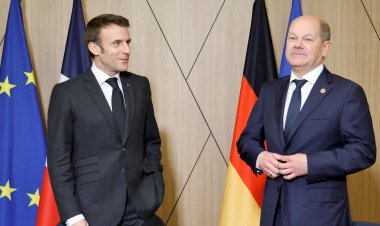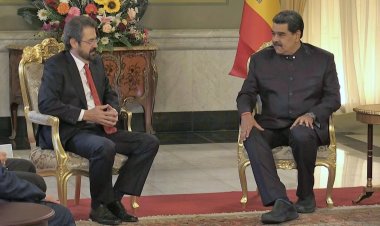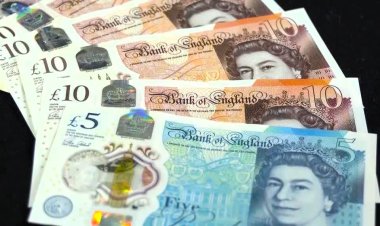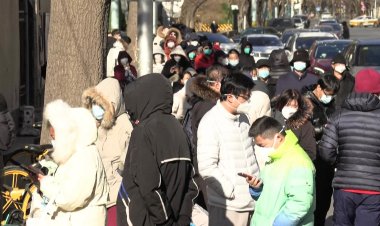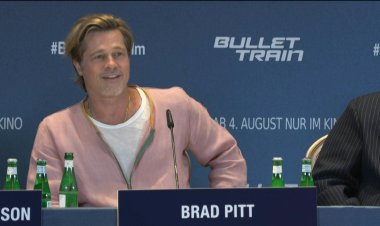China's Luxury Spending Slump
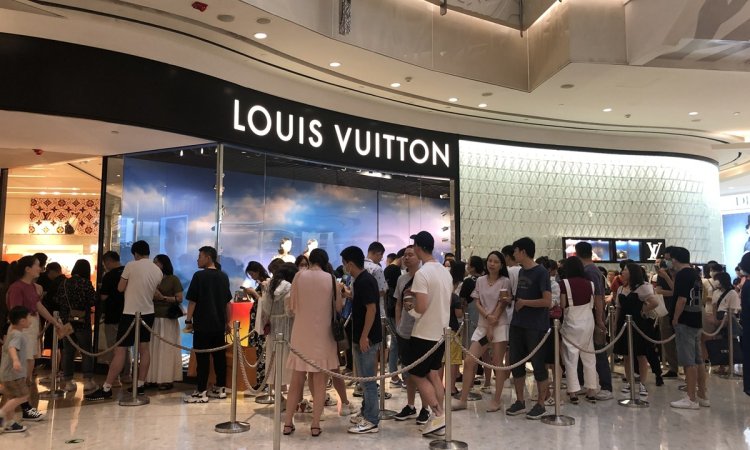
China is the world's biggest spender in the luxury sector, accounting for half of global sales. But as its post-pandemic recovery falters, consumption has flagged, sending jitters through the industry.
For years, wealthy Chinese tourists had traveled to Europe to shop at its boutiques, but when the Covid-19 pandemic struck, the country introduced draconian restrictions that stopped them from leaving the country.
The measures also threw the world's second largest economy into a slowdown that it is struggling to recover from, with consumer confidence hit and attitudes towards high-end purchases starting to shift.
Now, as China emerges from its coronavirus haze, luxury brands are trying to woo its shoppers back.
Shares in Gucci owner Kering tumbled in April after it reported sales in the first quarter had fallen by 11 percent, citing tough market conditions in China.
Brands with a strong presence in China like Louis Vuitton are staging special events and handing out perks to VICs –- an acronym for Very Important Clients.
Louis Vuitton described its "Voyager" show in Shanghai last month as the "next chapter in a strong, long standing relationship" with China.
Its leading pieces –- boldly coloured dresses marked with large cartoon-like animals -– were a collaboration with contemporary Chinese artist Sun Yitian, with the brand hailing "the tremendous stylistic vitality" of the country's youth.
Louis Vuitton's parent company LVMH is among the fashion houses so far proving fairly resilient in the face of China's economic headwinds.
While its first quarter results showed its slowest rate of growth in years, the brand said that sales to domestic and overseas Chinese customers increased by about 10 percent.
Prada and Hermes's first quarter results both beat analysts' expectations, posting 18 and 17 percent rises in sales, respectively.




